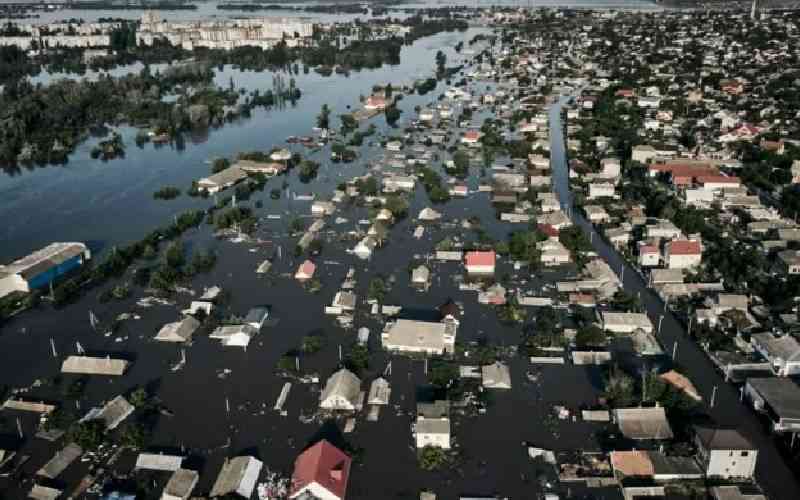×
The Standard e-Paper
Home To Bold Columnists

Ukrainian authorities rushed drinking water to the southern part of the country on Wednesday to help thousands of people left stranded or fleeing the region a day after the rupture of the Kakhovka dam.
President Volodymyr Zelenskyy said hundreds of thousands of people were "without normal access to drinking water."